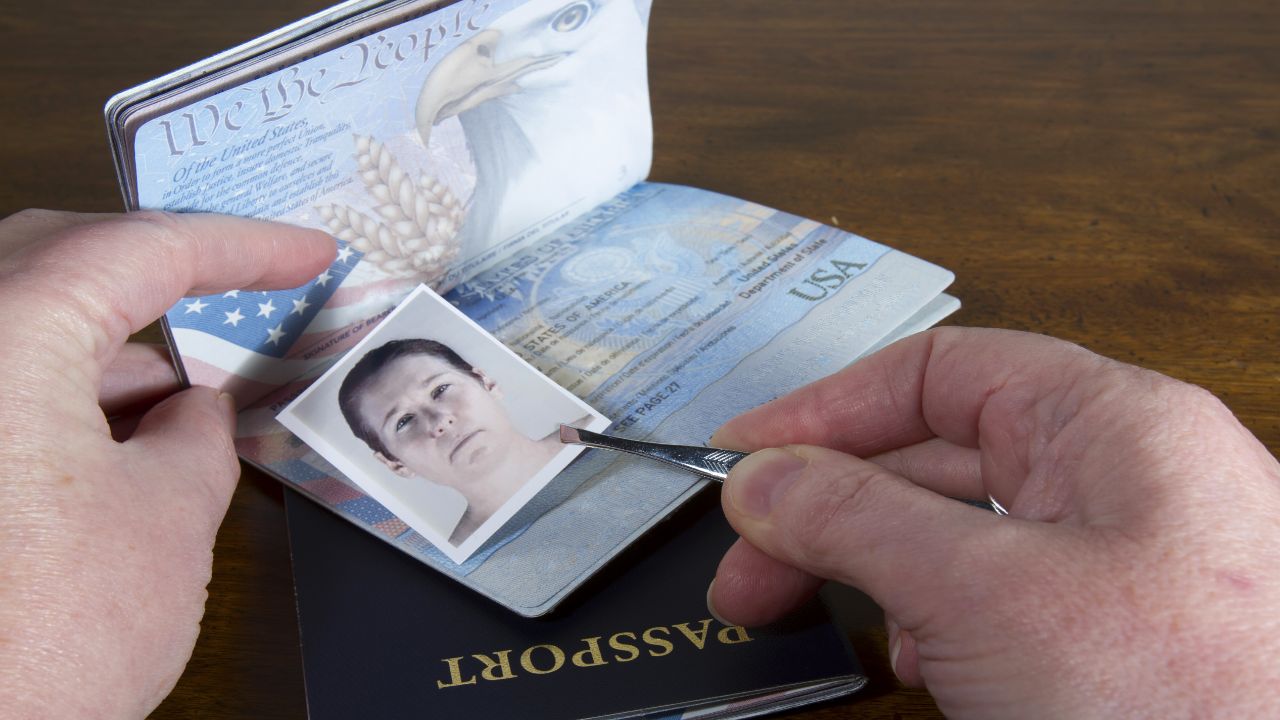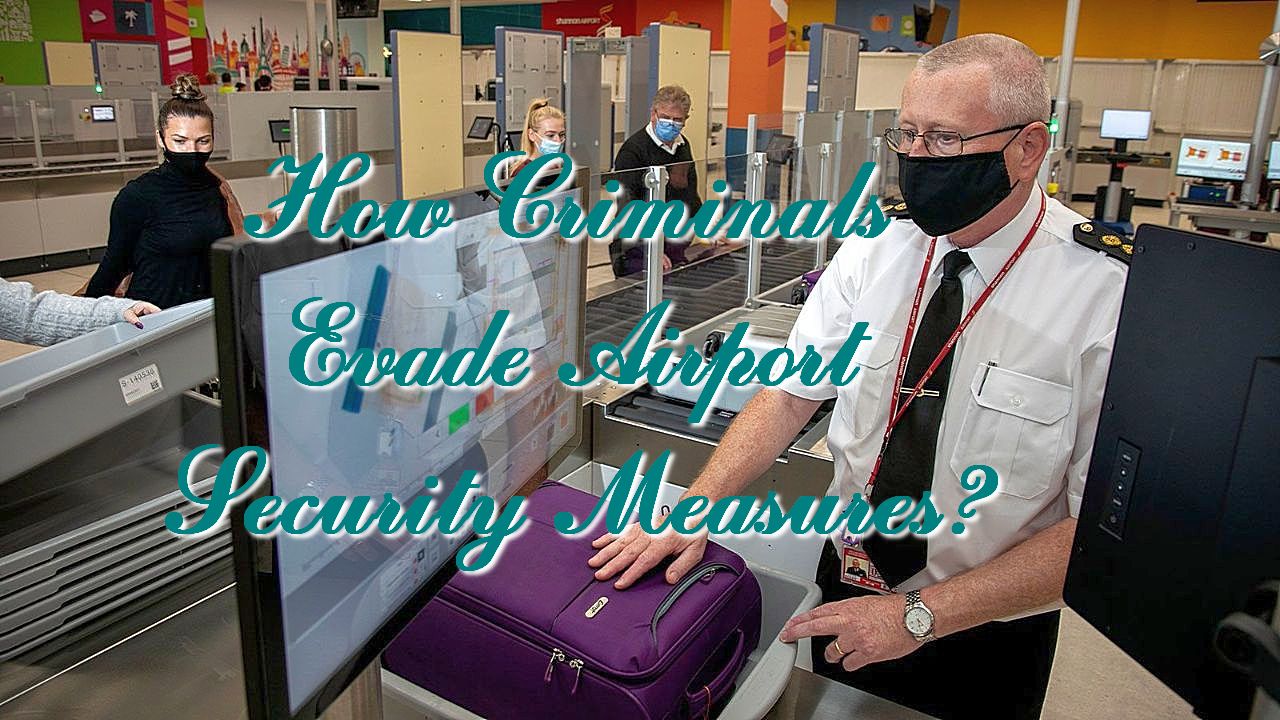Securing airports is an ongoing battle that pits security measures against the ingenuity of criminals determined to breach them. The constant evolution of security protocols reflects the need for adaptability in the face of increasingly sophisticated threats. In this unceasing cat-and-mouse game, criminals employ a variety of tactics to outsmart airport security and exploit vulnerabilities. Understanding these tactics is crucial for authorities to stay one step ahead in ensuring the safety of air travel.
Concealed Weapons and Contraband

One classic method criminals use to evade airport security is by concealing weapons or contraband in seemingly ordinary items. From hollowed-out books to cleverly modified electronic devices, criminals exploit the sheer volume of items passing through security checkpoints. These concealment techniques make it challenging for security personnel to identify potential threats amidst the sea of everyday objects. As a result, airports constantly grapple with the need for more advanced scanning technologies and improved training for security staff. When law enforcement reaches its limits in investigating incidents at airports, the role of private detectives becomes crucial. Australian detectives from Truth Investigations have proven to be highly effective in situations where traditional police intervention may fall short.
Human Mules and Body Carrying
Another tactic involves exploiting the human body’s capacity to conceal illegal items. Criminals often recruit individuals as “mules” to carry contraband internally, relying on the challenges of detecting items hidden within the body. This method poses a unique challenge to airport security, requiring a delicate balance between respecting passengers’ privacy and ensuring safety. Implementing advanced imaging technologies and refining screening procedures become imperative in countering this method effectively.
Identity Theft and Forged Documents

Criminals seeking to evade airport security also frequently resort to identity theft and forged documents. By assuming false identities, individuals can bypass security checks, potentially gaining access to restricted areas or boarding flights undetected. Airports respond by continually enhancing identity verification processes, incorporating biometric technology, and collaborating with international agencies to authenticate travel documents. The battle against identity-related security breaches remains a high-stakes priority.
Cyber Threats and Electronic Intrusions
Criminals have expanded their repertoire to include cyber threats and electronic intrusions as a means to compromise airport security. From disrupting critical systems to manipulating surveillance cameras, these tactics pose serious risks. Airports must invest in robust cybersecurity measures, regularly update software, and conduct thorough audits to safeguard against digital threats. As technology advances, staying ahead of cybercriminals becomes an integral aspect of maintaining overall airport security.
Social Engineering and Insider Threats
Beyond technical exploits, criminals often resort to social engineering and insider threats. This involves manipulating individuals working within the airport environment to compromise security. By exploiting human vulnerabilities, criminals may gain unauthorized access or obtain sensitive information. Counteracting this tactic necessitates rigorous background checks, ongoing security awareness training for personnel, and a comprehensive approach to monitoring and mitigating insider threats.
The ever-changing landscape of criminal tactics demands a proactive and multi-faceted approach to airport security. By acknowledging the various methods employed by criminals to exploit vulnerabilities, airports can refine their strategies, invest in the right technologies, and prioritize ongoing training for security personnel. Balancing the need for robust security measures with the seamless flow of air travel is a continual challenge, but it is a challenge that must be met to ensure the safety and well-being of passengers around the world.
